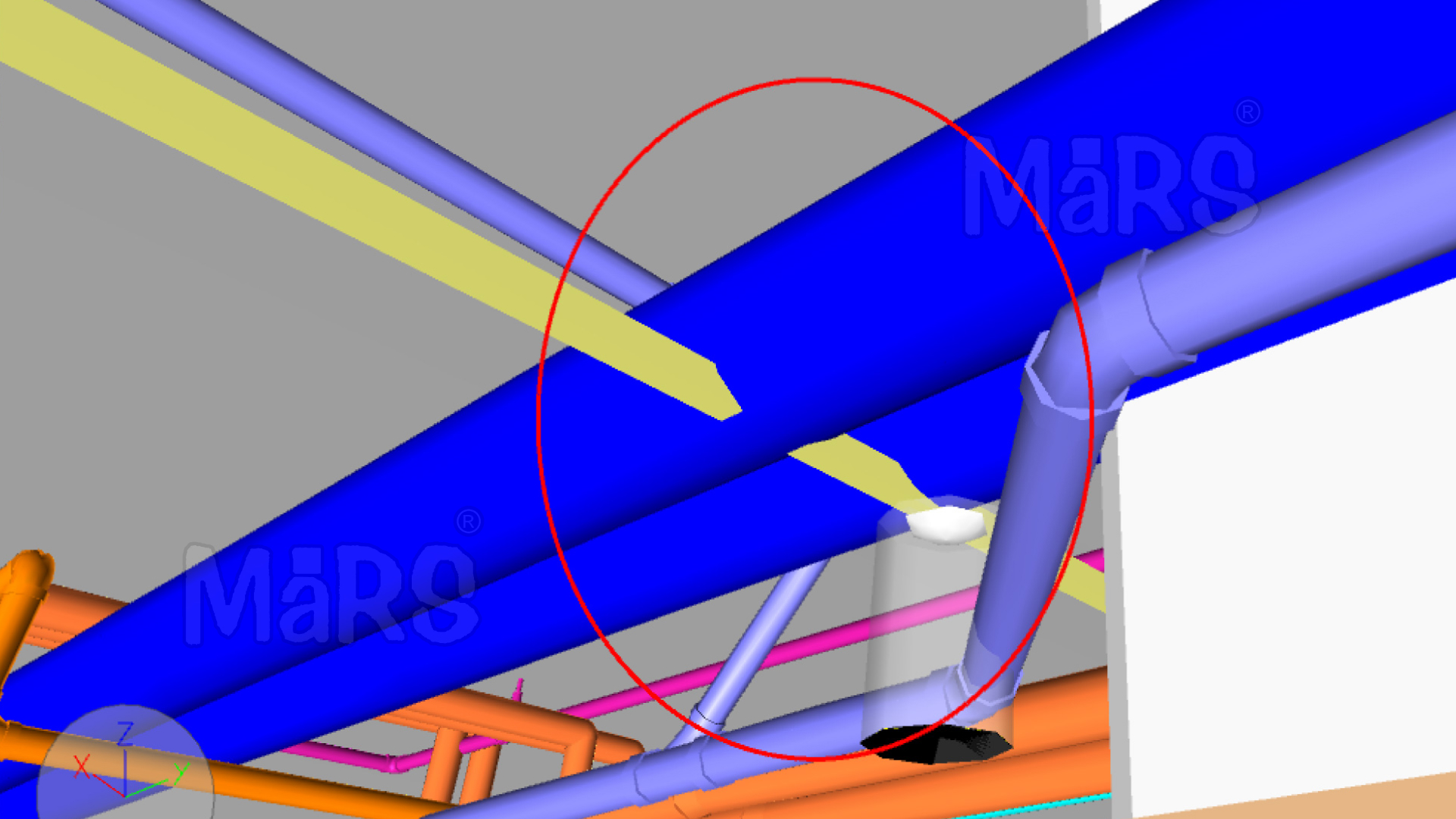In the world of architecture, engineering, and construction (AEC), accuracy is paramount. When dealing with complex structures, even a small misalignment can lead to costly errors, rework, and schedule delays. This is where Point Cloud to BIM technology comes into play, revolutionizing how professionals handle clash detection and error reduction in construction and renovation projects. By transforming 3D laser scans into precise Building Information Models (BIM), Point Cloud to BIM provides an accurate digital representation of existing conditions, facilitating error-free project execution.
In this article, we will explore how Point Cloud to BIM services enhance clash detection, minimize errors, and ensure seamless coordination across all stages of construction.
The Importance of Clash Detection in Construction Projects
Clash detection is the process of identifying and resolving conflicts between different building elements or systems within a BIM model. These clashes can occur, for instance, between structural and mechanical elements, like pipes intersecting with beams, ducts overlapping electrical wiring, or HVAC systems interfering with ceiling frameworks. Without accurate clash detection, these issues often go unnoticed until they cause real-world problems during construction, leading to unexpected delays and increased project costs.
How Point Cloud to BIM Enables Precise Clash Detection?

Point Cloud to BIM enhances clash detection by providing a highly accurate model of the as-built conditions, making it easier to identify conflicts early in the design and pre-construction phases. Here’s how it works:
Capturing Existing Conditions with Precision
3D laser scanning creates a point cloud that captures every inch of a building’s existing structure, including complex shapes and details that are hard to measure manually. This accuracy eliminates guesswork and provides an accurate foundation for clash detection.
Integrating New Designs with Existing Structures
When planning renovations or retrofits, new designs must work seamlessly with the existing structure. By aligning new BIM elements with the scanned model, teams can ensure that proposed changes will integrate smoothly with what’s already there.
Identifying Clashes with Multiple Disciplines
A Point Cloud to BIM model allows teams across different disciplines—MEP (Mechanical, Electrical, Plumbing), structural, and architectural—to check for clashes between systems in a real-world context. These models are particularly useful in coordinating layouts across MEP and structural designs, ensuring there are no conflicts between the different elements.
Using Automated Clash Detection Tools
Modern BIM software, integrated with clash detection tools, can quickly identify clashes within the point cloud-based model, highlighting issues that might not be visible in 2D plans. This automation reduces manual review time and improves accuracy.
Mitigating Human Error
Human error is a common issue in manual measurement and data input. With Point Cloud to BIM, the reliance on manual measurements is drastically reduced. The laser scan captures data with millimeter precision, reducing the chances of oversight and inaccuracies in the model.
Error Reduction with Point Cloud to BIM

Alongside clash detection, error reduction is a critical benefit of using Point Cloud for BIM. Here’s how the technology minimizes mistakes:
Accurate As-Built Documentation
Accurate documentation of the current state of a building is crucial, especially for older structures that may lack up-to-date plans. Point Cloud to BIM provides a complete digital record of the as-built environment, capturing exact dimensions, orientations, and spatial relationships. This eliminates reliance on outdated or incorrect drawings, reducing the risk of errors in planning.
Real-Time Updates and Version Control
Point Cloud to BIM models can be updated in real-time, ensuring that every team member has access to the latest information. This streamlines collaboration and keeps everyone on the same page, preventing costly misunderstandings that often result in errors.
Reduced Rework with Accurate Modeling
Rework is a major cause of construction delays and budget overruns. With an accurate model derived from Point Cloud to BIM, project teams can avoid unnecessary rework by identifying potential issues before construction begins. This allows for better project planning, accurate budget estimates, and a more efficient workflow.
Improved Quality Control
Point Cloud to BIM enables quality control at every stage of the construction process. By comparing ongoing work with the BIM model, teams can verify that construction aligns with design specifications and quickly spot discrepancies, reducing the risk of on-site errors.
The Future of Clash Detection with Point Cloud to BIM
As construction technology advances, the integration of AI and machine learning in BIM tools will make clash detection even more precise and efficient. In the future, automated clash detection tools will analyze point cloud data in real time, flagging potential conflicts immediately and suggesting solutions. This will reduce dependency on manual inspections and further enhance the accuracy and speed of construction projects.
Additionally, virtual and augmented reality (VR and AR) applications will allow project teams to visualize clashes within the BIM model before physical construction, offering a more intuitive understanding of potential issues. These advances will elevate clash detection and error reduction to new levels, making Point Cloud to BIM an indispensable tool for the construction industry.
Conclusion
Point Cloud to BIM is reshaping the landscape of clash detection and error reduction in construction projects. By providing a precise, 3D representation of existing conditions, this technology enables AEC professionals to identify and resolve conflicts before they escalate, leading to smoother projects and higher-quality outcomes.
In a field where accuracy is everything, Point Cloud to BIM represents a powerful step forward in delivering reliable, error-free construction projects. As the technology continues to evolve, we can expect even greater improvements in efficiency, cost savings, and project quality, making Point Cloud to BIM an essential tool for the future of construction and design.


Recent Comments